If you’re new to ESN (European Style Nymphing) fly fishing you probably have lots of questions regarding tippet line. There’s very little information out there because tippet setup is specific to types of water, fish, conditions, etc. Here’s how I rig my tippet and why.
First the basics. Tippet is the thin clear portion of the leader that attaches the fly. It’s thin to cut through the current and minimize drag, and clear to not spook the fish. In Euro-nymphing tippet takes much more abuse because it makes frequent contact with rocks and gravel down at the bottom, so fluorocarbon is used because it is more abrasion resistant than nylon. And because fluorocarbon it tougher I can use thinner tippet than Nylon.
Tippet size and length depends on water conditions like depth, speed, and clarity. The size of fish and flies used can also help determine the best tippet size. My tippet is longer than the depth of water I am fishing—usually about 1.5 times the depth. And it’s normal to have tippet above the water surface in shallower areas. To keep things simple I just run a long tippet for the deepest water I’m fishing and I adjust the flyweight and line angle to achieve the desired fly depth and drift speed.
4-5X is my middle ground tippet size, but clear water, fast water, and extra spooky fish are factors that may require me to size down my tippet. And I’ll size up my tippet when there is added stress that can cause the tippet to break. For example, fishing with heavy streamers, large fish, or a tough river situation where fast current and obstacles are working against me when it comes time to land a fish.
My normal tippet length is 7 to 9 feet when fishing a technical river that is 1 to 6 feet deep.
I use three sections of tippet, each connected with a 2mm tippet ring. Most people attach the tippet sections together with a triple surgeon's knot and use the tag ends of the knots to tie on their dropper flies. Instead, I use tippet rings to attach the sections, and all my flies are attached to the tippet rings using a lighter tippet. In the event of a snag, I can break off that one fly with much less risk of losing my entire rig. This is especially important in winter fishing where tying knots is slow and difficult when fingers are numb and flies are tiny. I’ll even pre-tie smaller dropper flies with 6” of tippet and keep them ready in my box. These tie easier on a tippet ring and knot tying is cut in half. It’s always best to minimize knot tying as much as possible in the winter. And I always carry a towel to dry my wet hands quickly. Remember, winter fishing is slower and more methodical. Stay warm and stay safe!
My tippet formula:
- Sec. 1) 3 to 5ft of 4X tippet tied the sighter line tippet ring. Lengthen or shorten your rig in this section based on water depth and speed. Add another tippet ring.
- Sec. 2) 2 ft of 4X tippet. Add another tippet ring, I use clinch knots and cut off all tags.
- Sec. 3) 2 ft of 5- 6X to my heaviest bottom anchor fly. Typically a 3.8mm bead head. I’ll sometimes trail a tiny fly behind the anchor fly with an 8-12” piece of tippet.
Happy Winter Fishing!
By Jeff Sasaki

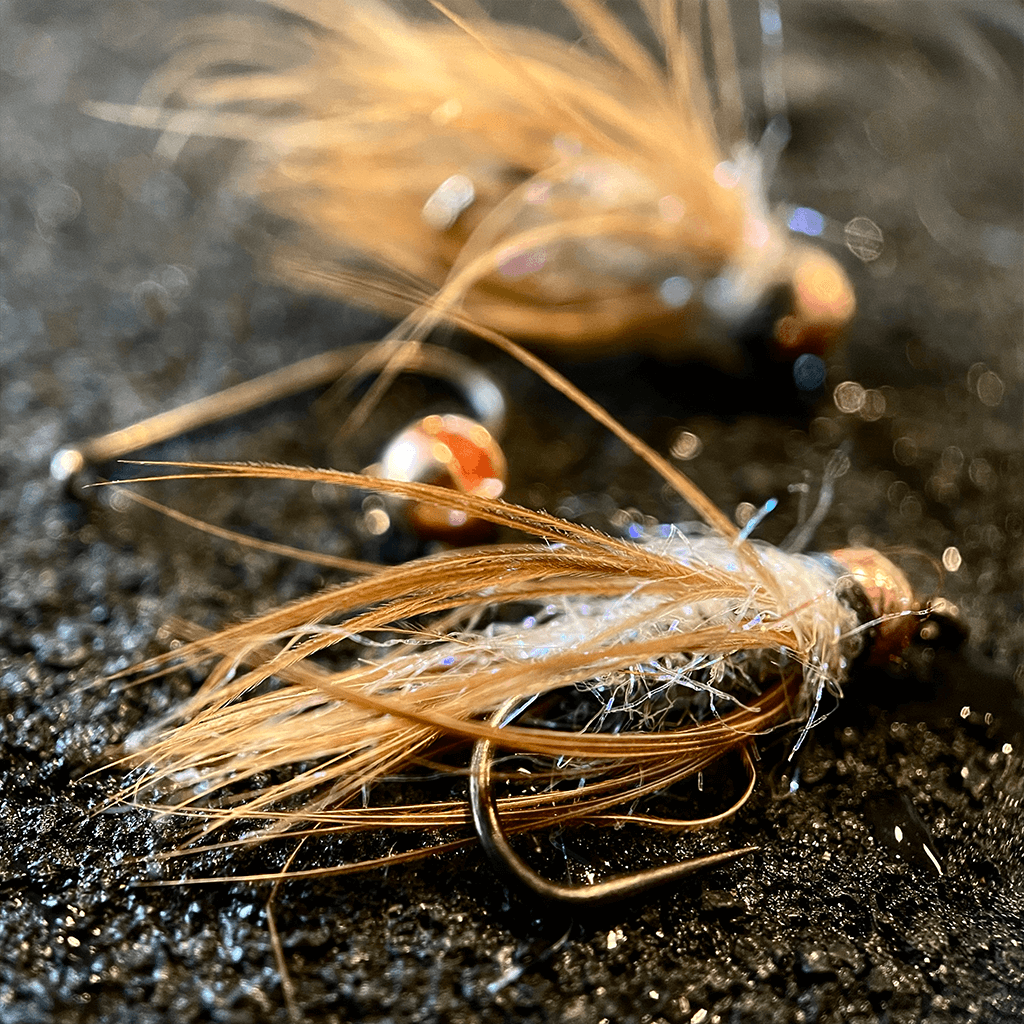
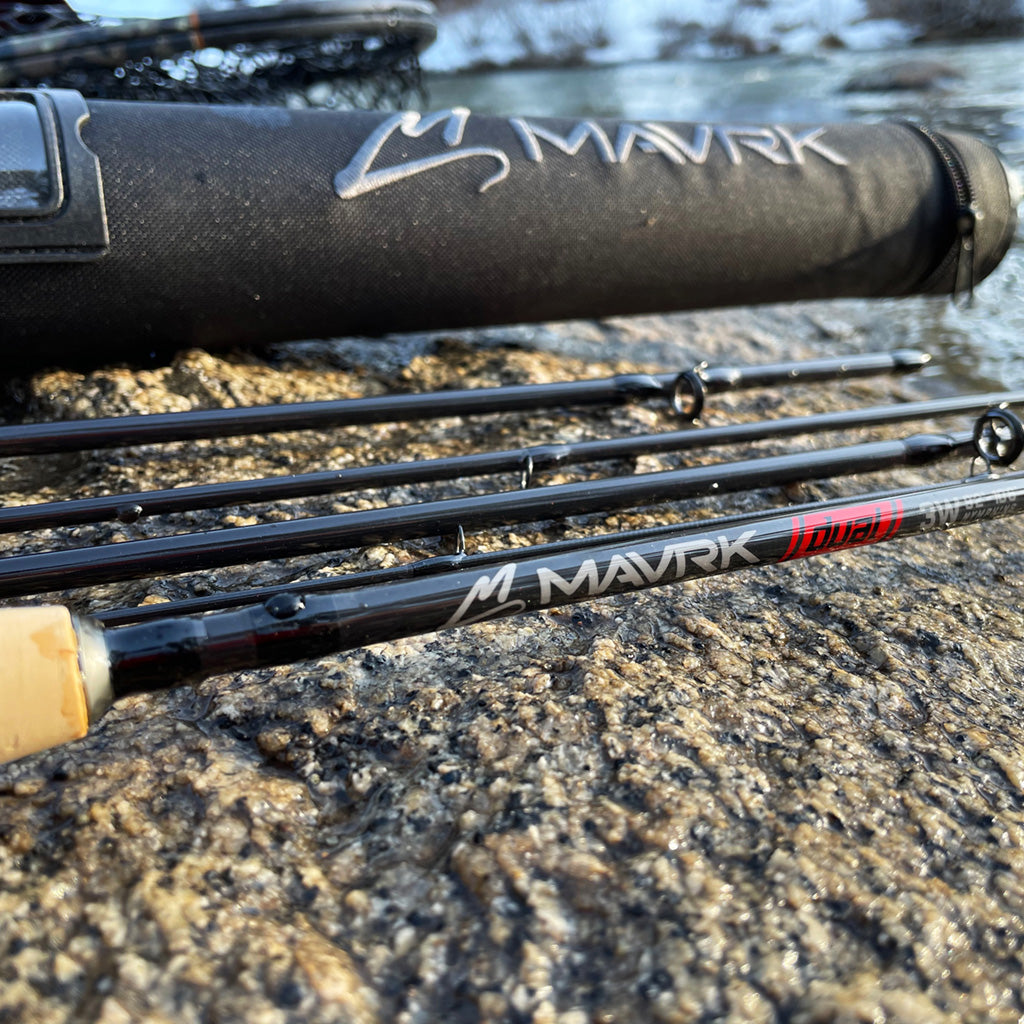
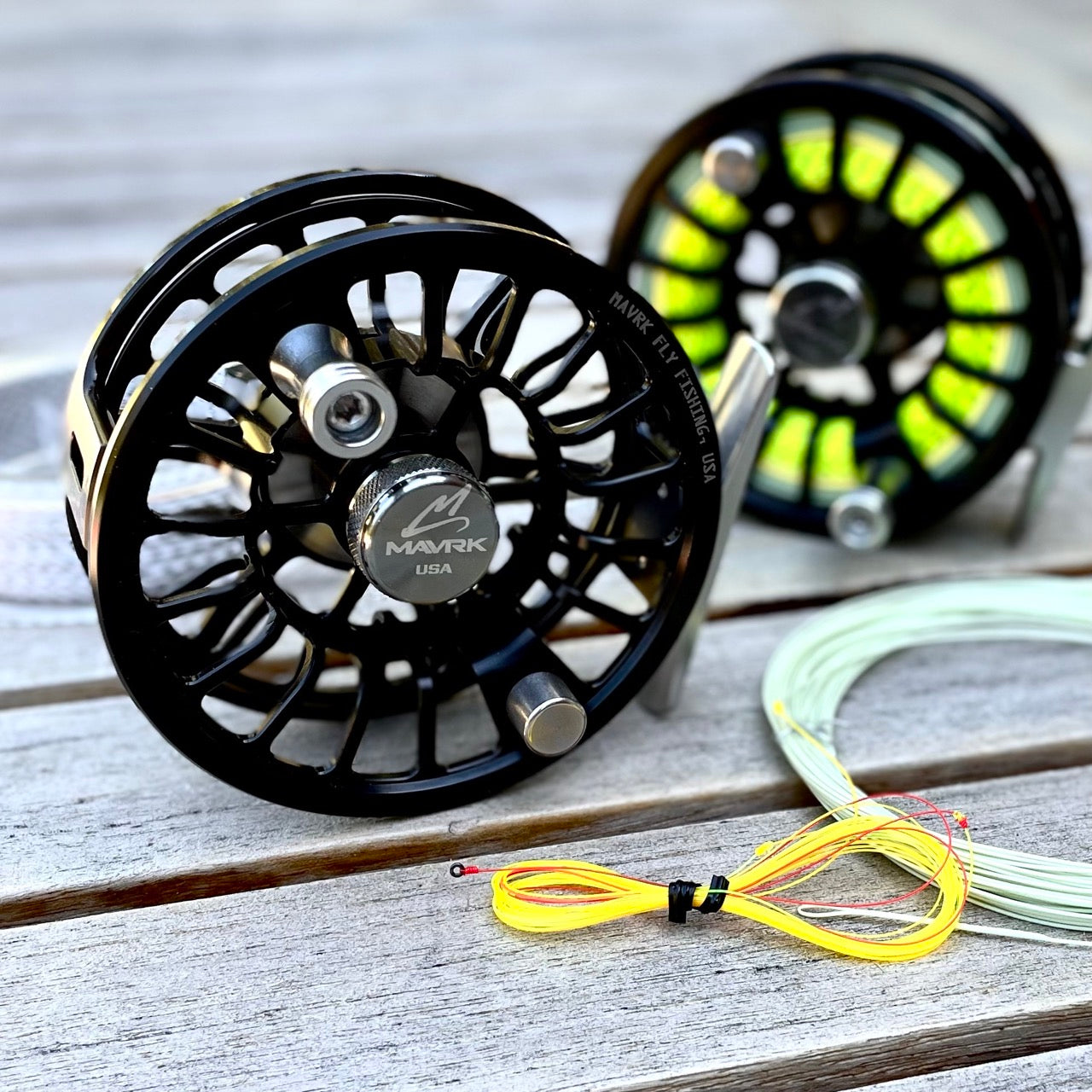
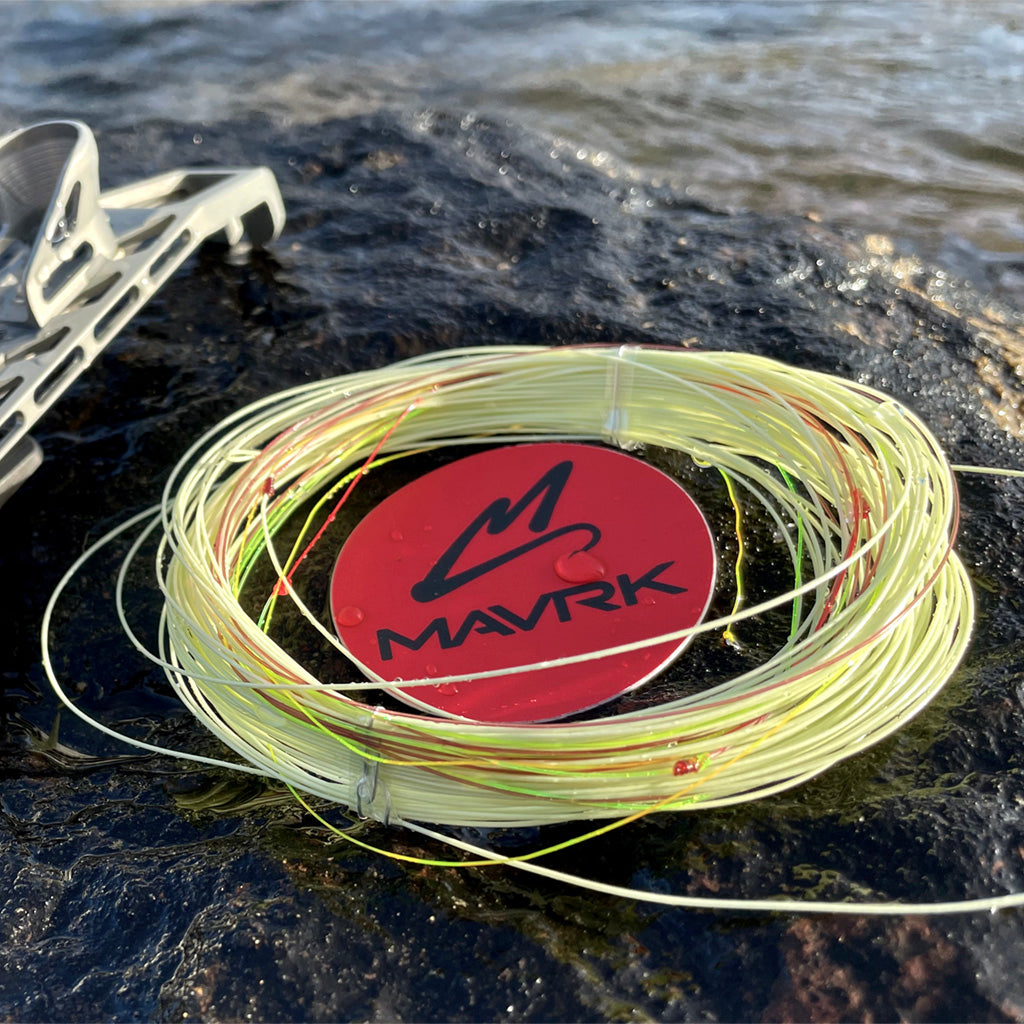
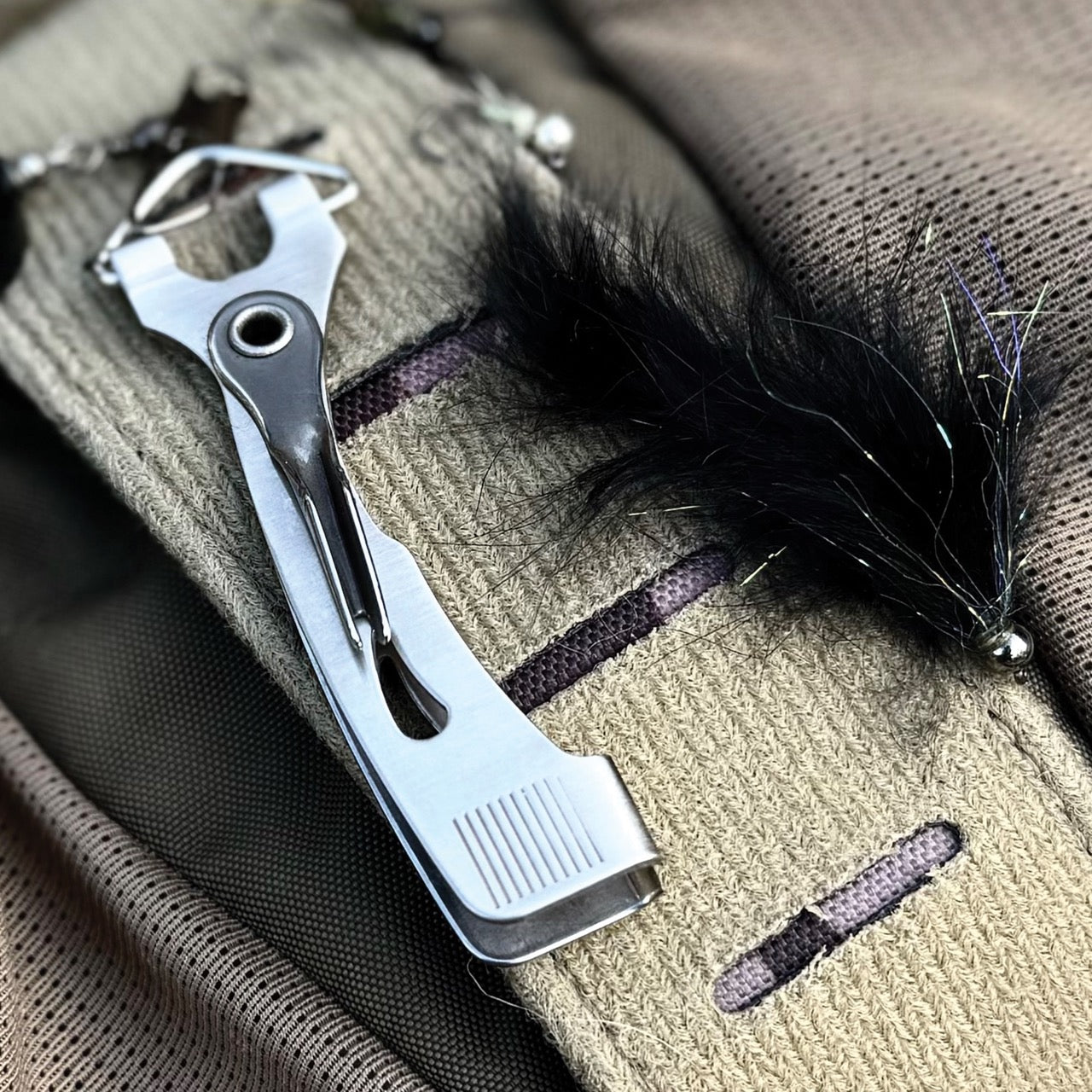
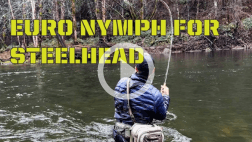
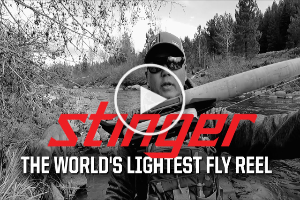
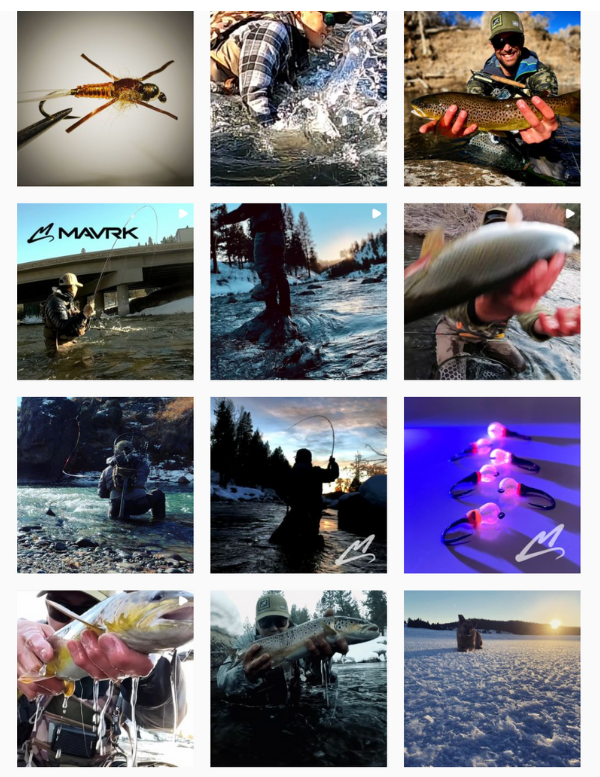
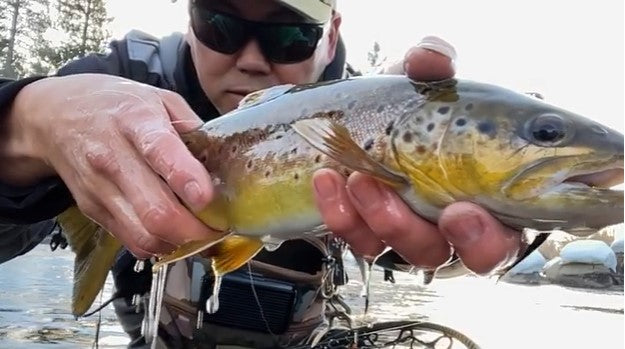
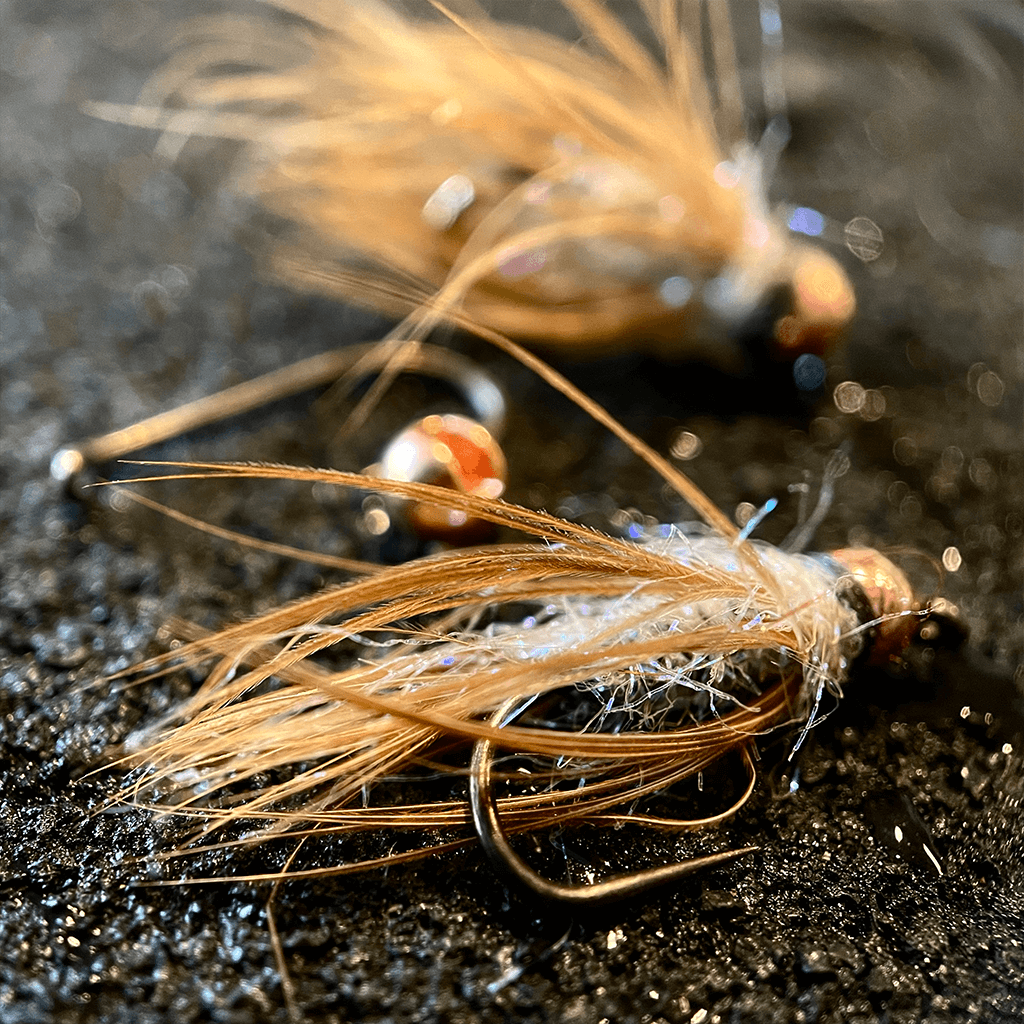
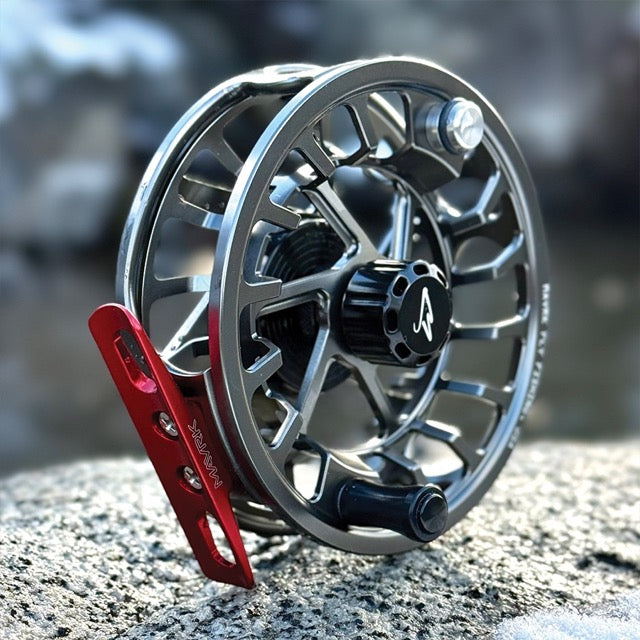
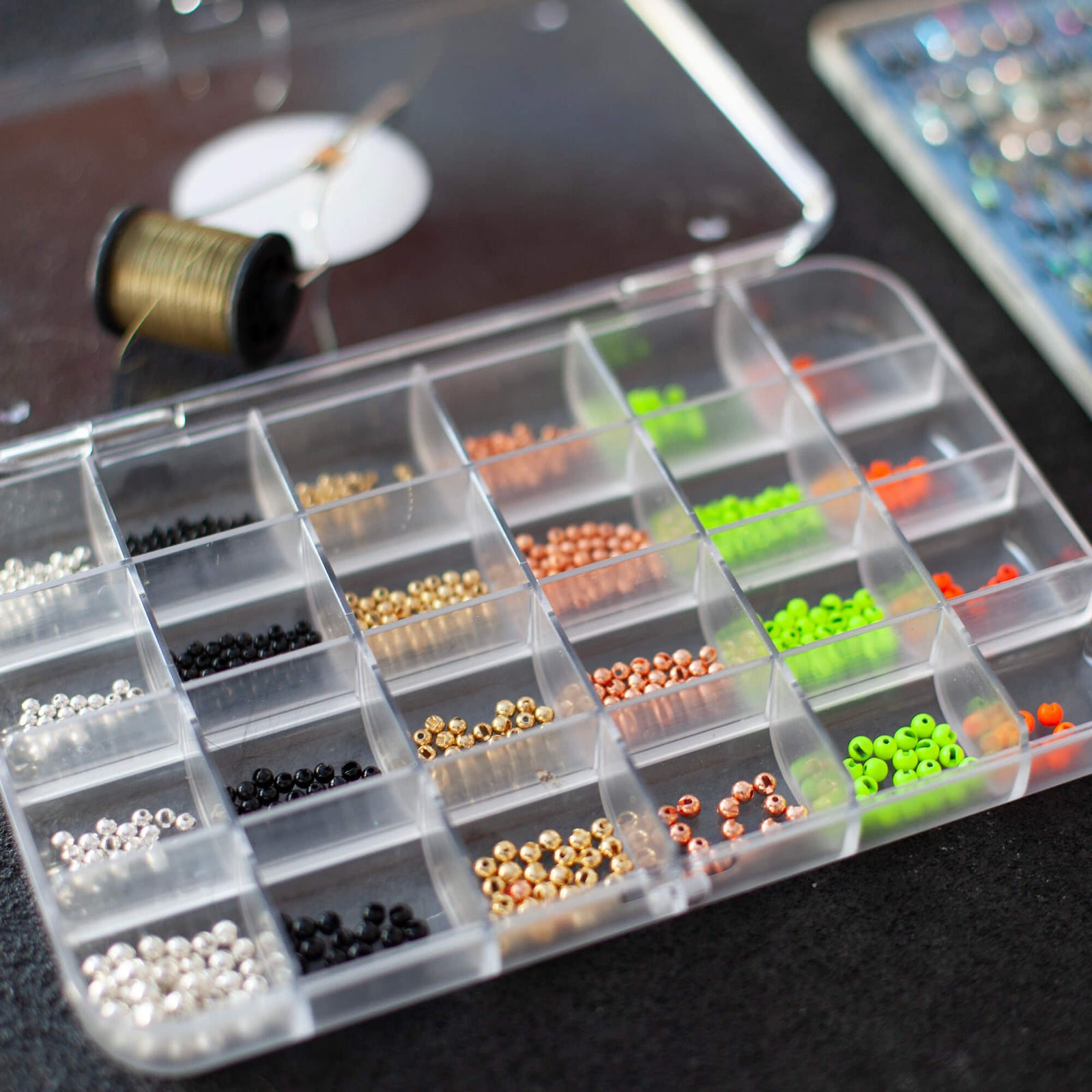
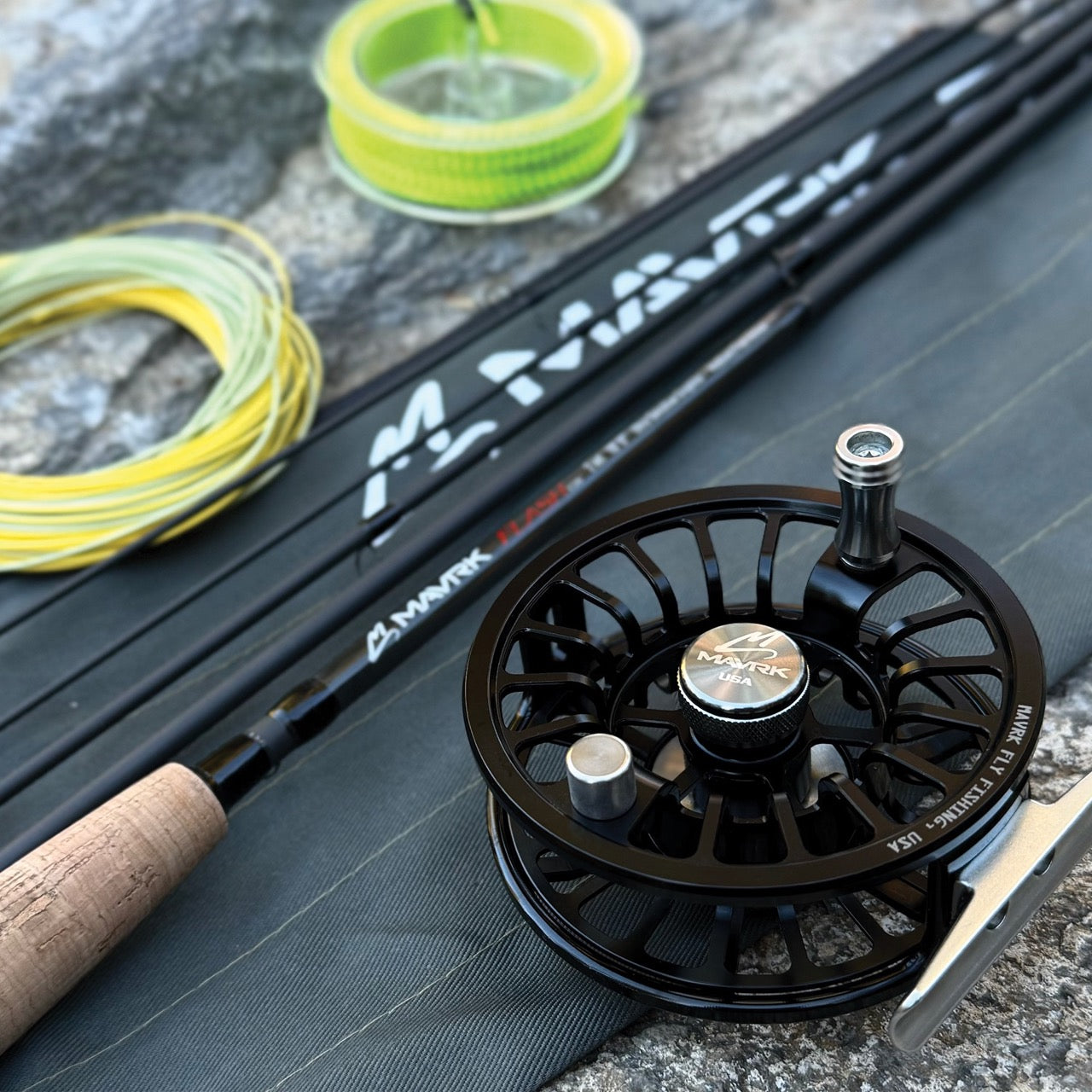
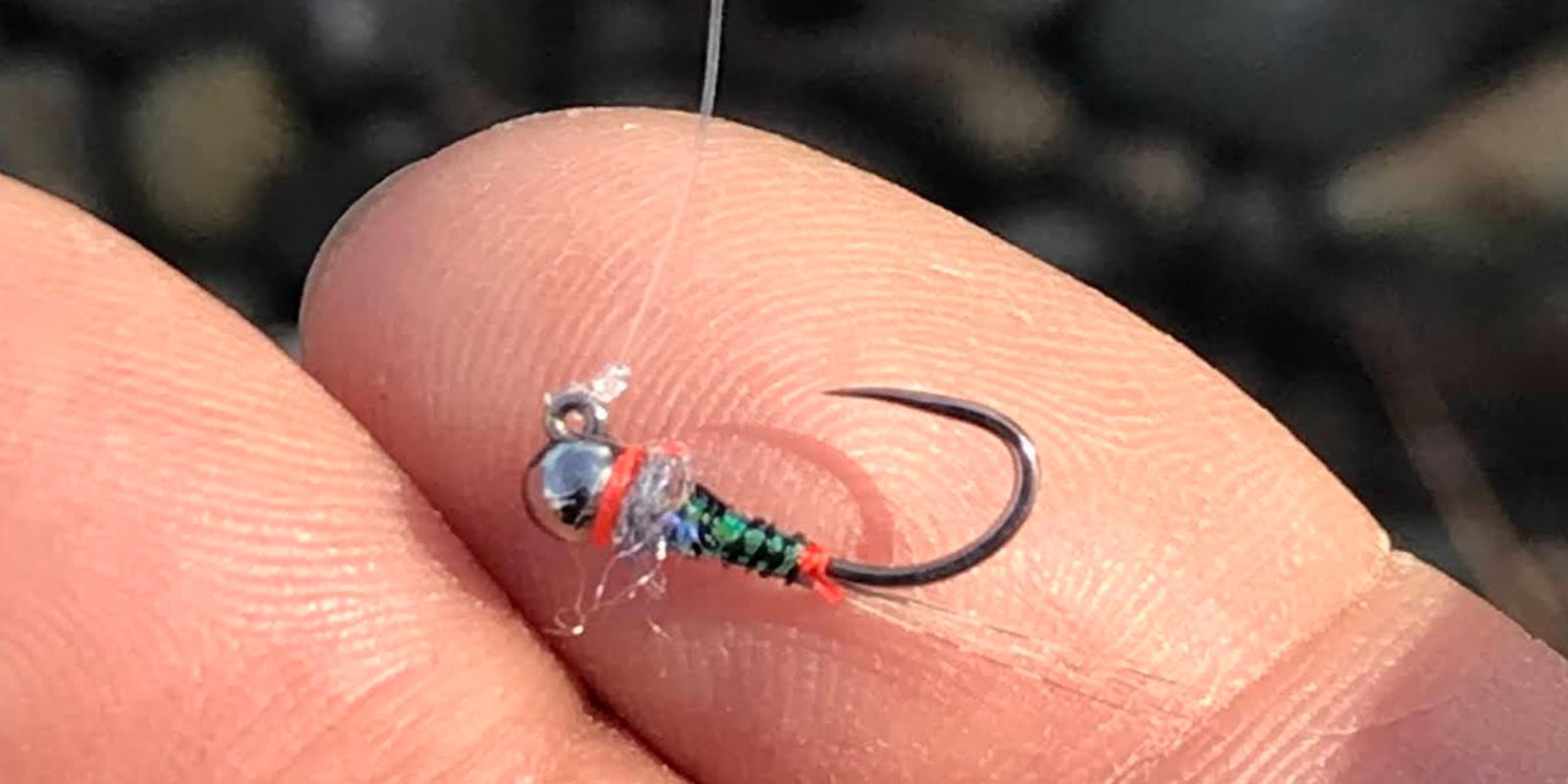
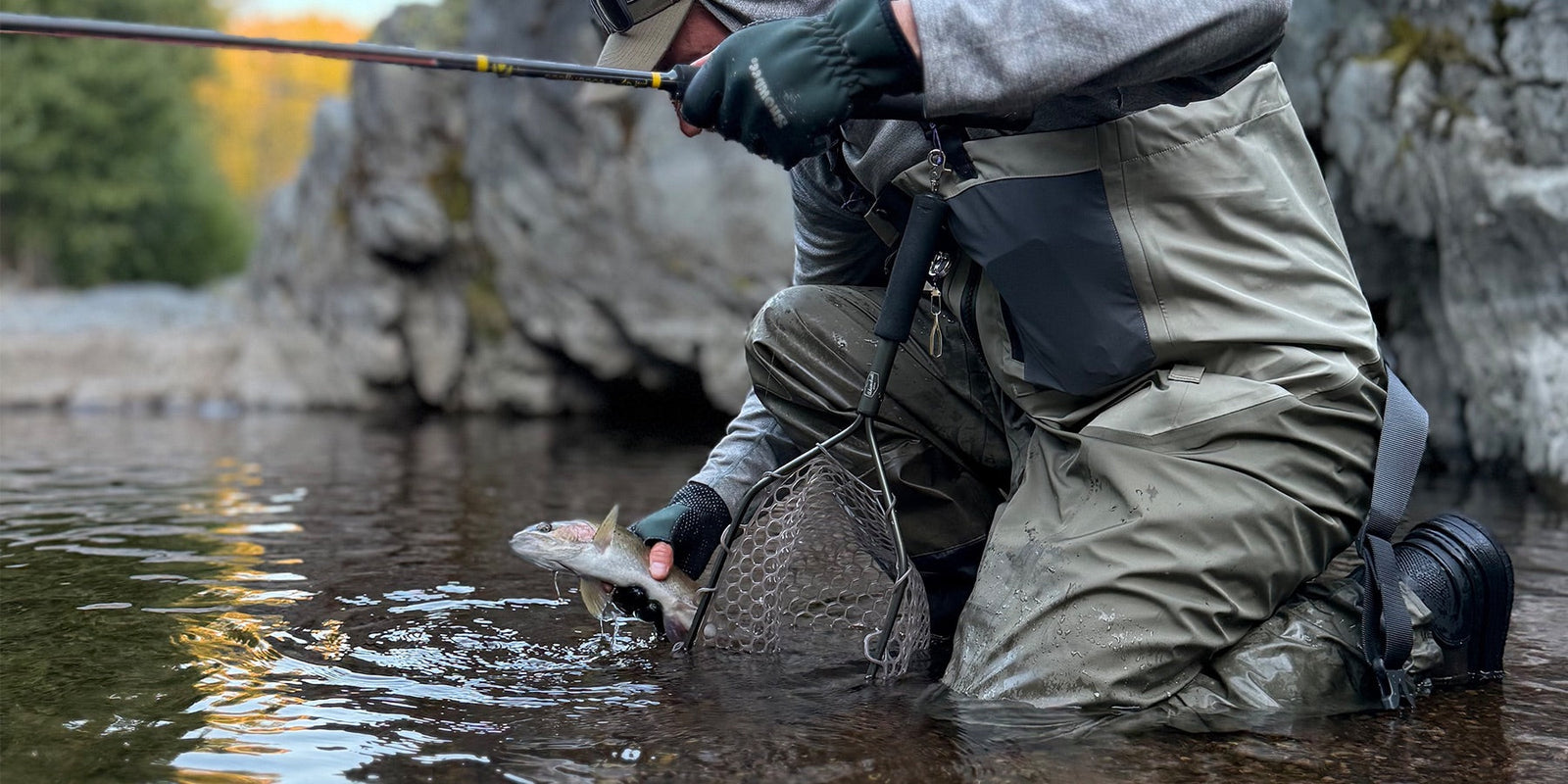
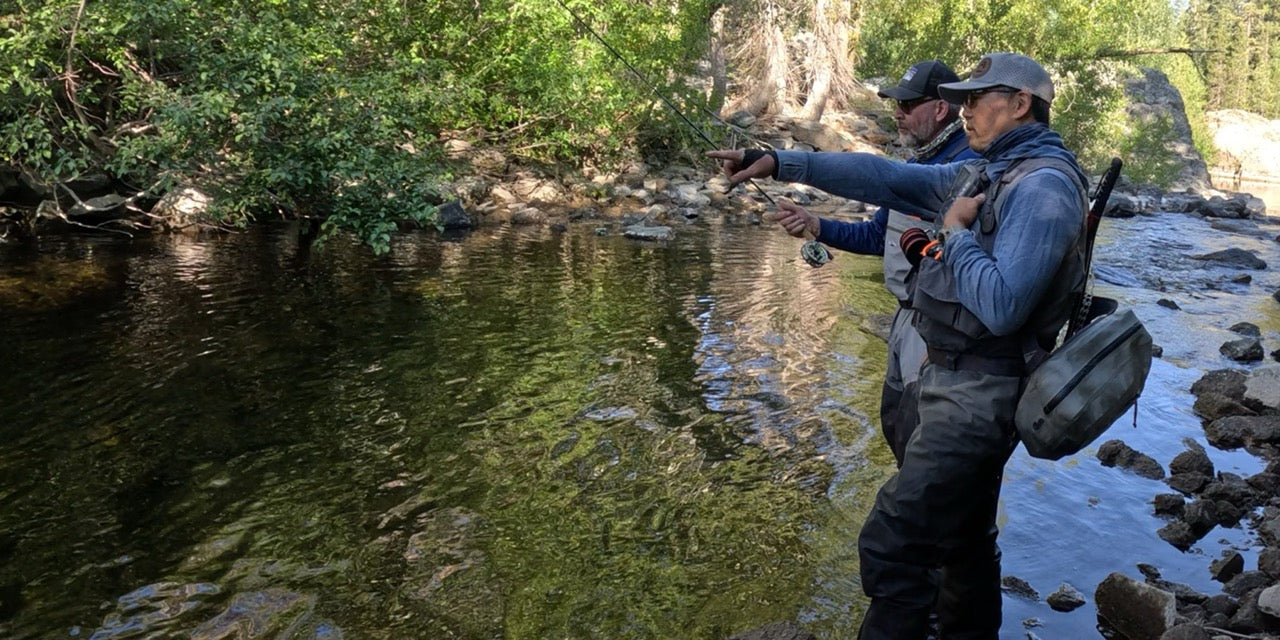
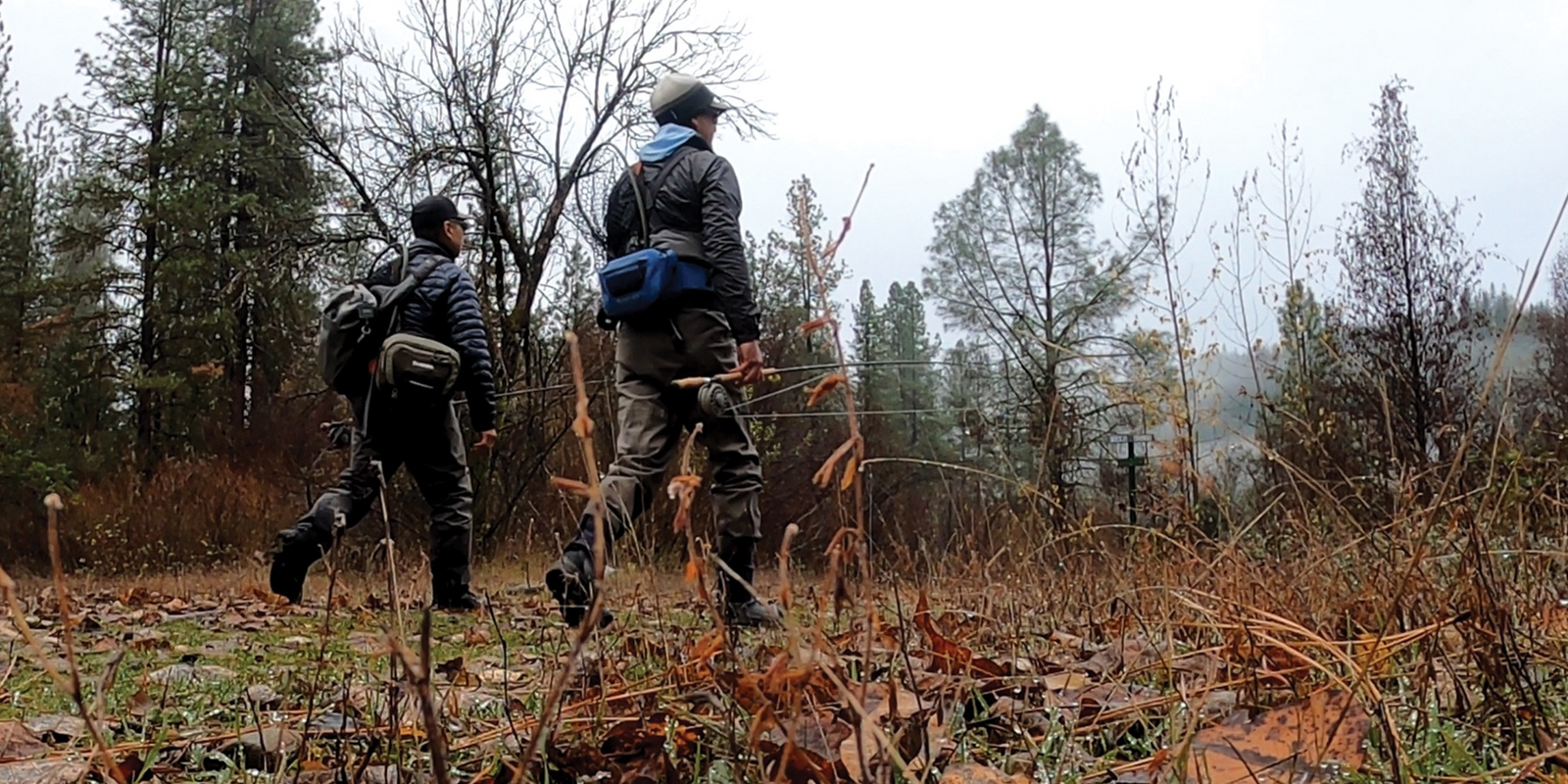
Leave a comment (all fields required)